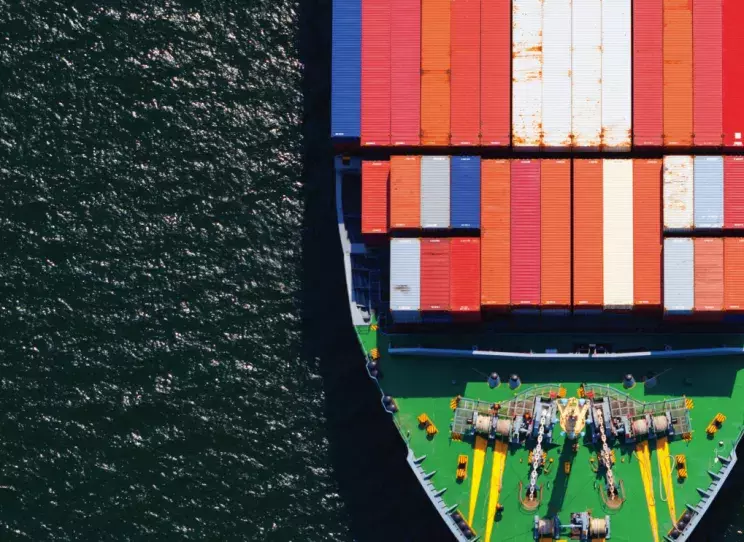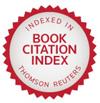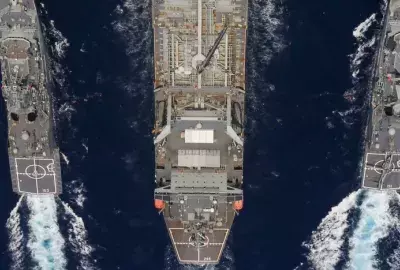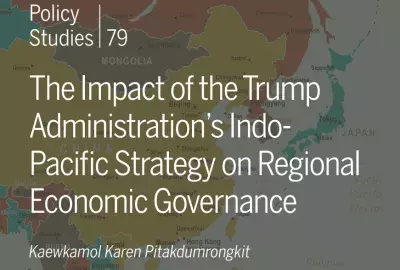Error message

Hard copies are available from Amazon.com.In Asia, hard copies are available from the This monograph addresses Asia's rise in global free trade agreement (FTA) activity. This has sparked concerns about the erosion of the World Trade Organization (WTO) trading system and the Asian "noodle bowl" (multiple and possibly conflicting FTAs). The study identifies for policymakers how best to minimize the costs of FTAs while maximizing their benefits. It reexamines key trends and challenges in Asian FTAs and offers new information from analysis of FTAs, economic models, and firm surveys. This analysis supports strengthening business support for FTAs; rationalizing rules of origin and upgrading their administration; expanded coverage of agricultural and services trade; forging comprehensive "WTO-plus" agreements; and encouraging a region-wide FTA. The analysis suggests a bottom-up approach to global trade liberalization as a complement to WTO processes. |

Hard copies are available from Amazon.com.In Asia, hard copies are available from the This monograph addresses Asia's rise in global free trade agreement (FTA) activity. This has sparked concerns about the erosion of the World Trade Organization (WTO) trading system and the Asian "noodle bowl" (multiple and possibly conflicting FTAs). The study identifies for policymakers how best to minimize the costs of FTAs while maximizing their benefits. It reexamines key trends and challenges in Asian FTAs and offers new information from analysis of FTAs, economic models, and firm surveys. This analysis supports strengthening business support for FTAs; rationalizing rules of origin and upgrading their administration; expanded coverage of agricultural and services trade; forging comprehensive "WTO-plus" agreements; and encouraging a region-wide FTA. The analysis suggests a bottom-up approach to global trade liberalization as a complement to WTO processes. |








